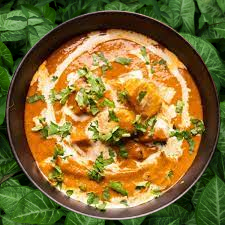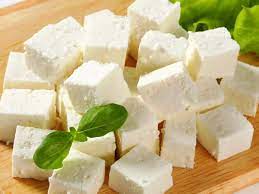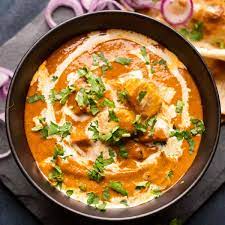We will know when from Sahi Paneer started consuming and its receipe

The Sahi Paneer is closely tied to the rich culinary heritage of India, particularly the Mughlai cuisine. The Mughals, who were Central Asian Muslim rulers, brought their unique cooking techniques and flavors to the Indian subcontinent during their reign from the 16th to the 19th centuries.
Paneer, the key ingredient in Sahi Paneer, is a type of fresh cheese commonly used in Indian cuisine. It has been an integral part of Indian culinary traditions for centuries. The origin of paneer can be traced back to ancient times, with references to a similar cheese-like product called “chhana” found in ancient Indian texts.
Dish Sahi Paneer itself is believed to have originated in the royal kitchens of the Mughal emperors. The term “Sahi” translates to “royal” or “regal” in Hindi, indicating its association with the Mughal royalty. The Mughals were known for their extravagant lifestyles and their love for rich, flavorful foods.
Sahi Paneer is characterized by its creamy, tomato-based gravy and the use of aromatic spices such as cardamom, cloves, and cinnamon. The dish typically incorporates the royal flavors and cooking techniques favored by the Mughals, including the use of ingredients like cashew nuts and fresh cream to create a rich and indulgent texture.

Over time, Sahi Paneer has become a popular vegetarian dish in Indian cuisine, enjoyed by people of various backgrounds and regions. It is commonly served in restaurants and is also prepared in households for special occasions and festivals.
The popularity of dish can be attributed to its delicious taste, the versatility of paneer as an ingredient, and its representation of the rich cultural heritage of Mughlai cuisine. Today, Sahi Paneer continues to be cherished as a classic vegetarian delicacy and a symbol of India’s diverse culinary traditions.
Here’s a recipe for Sahi Paneer, a delicious Indian dish with paneer cooked in a creamy tomato-based gravy:
Ingredients:
- 250 grams paneer (Indian cottage cheese), cubed
- 2 tablespoons ghee (clarified butter) or oil
- 1 large onion, finely chopped
- 2 tomatoes, pureed
- 2 teaspoons ginger-garlic paste
- 1/4 cup cashew nuts, soaked in warm water for 15 minutes
- 1/4 cup fresh cream
- 1 teaspoon turmeric powder
- 1 teaspoon red chili powder
- 1 teaspoon cumin powder
- 1 teaspoon coriander powder
- 1/2 teaspoon garam masala
- 1/2 teaspoon kasuri methi (dried fenugreek leaves), crushed
- Salt to taste
- Fresh coriander leaves for garnishing
Instructions:
- Heat ghee or oil in a pan over medium heat.
- Add the finely chopped onions and sauté until they turn golden brown.
- Add the ginger-garlic paste and cook for a minute until the raw aroma disappears.
- In a blender or food processor, grind the soaked cashew nuts with a little water to make a smooth paste.
- Add the tomato puree to the pan and cook for a few minutes until the oil separates from the masala.
- Add the cashew paste to the pan and mix well with the tomato-onion masala.
- Stir in turmeric powder, red chili powder, cumin powder, coriander powder, and salt. Mix everything together.
- Pour in water as needed to adjust the consistency of the gravy. Simmer for a few minutes.
- Add the paneer cubes to the gravy and gently mix them in, ensuring they are coated with the sauce. Cook for 2-3 minutes.
- Reduce the heat to low and add fresh cream. Stir well and let it simmer for another couple of minutes.
- Sprinkle garam masala and crushed kasuri methi over the dish. Mix gently.
- Remove from heat and garnish with fresh coriander leaves.
- Serve Sahi Paneer hot with naan, roti, or rice.
Enjoy the creamy and flavorful Sahi Paneer! Main Menu
